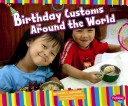
“Simple text and colorful photographs describe birthday traditions in different countries”–Provided by publisher.
Materials from United States of America

“Simple text and colorful photographs describe birthday traditions in different countries”–Provided by publisher.
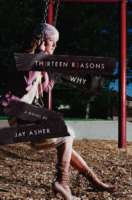
When high school student Clay Jenkins receives a box in the mail containing thirteen cassette tapes recorded by his classmate Hannah, who committed suicide, he spends a bewildering and heartbreaking night crisscrossing their town, listening to Hannah’s voice recounting the events leading up to her death.

Beastly is a modern retelling of Beauty and the Beast from the point of view of the Beast, a vain Manhattan private school student who is turned into a monster and must find true love before he can return to his human form.
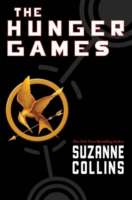
In the ruins of a place once known as North America lies the nation of Panem, a shining Capitol surrounded by twelve outlaying districts. The Capitol is harsh and cruel and keeps the districts in line by forcing them all to send one girl and one boy between the ages of twelve and eighteen to participate in the annual Hunger Games, a fight to the death on live TV. Sixteen-year-old Katniss Everdeen, who lives alone with her mother and younger sister, regards it as a death sentence when she is forced to represent her district in the Games. But Katniss has also resolved to outwit the creators of the games. To do that she will have to be the last person standing at the end of the deadly ordeal, and that will take every ounce of strength and cunning she has.
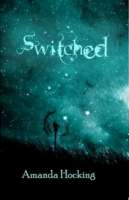
When Wendy Everly was six-years-old, her mother was convinced she was a monster and tried to kill her. It isn’t until eleven years later that Wendy finds out her mother might’ve been telling the truth. With the help of Finn Holmes, Wendy finds herself in a world she never knew existed – and it’s one she’s not sure if she wants to be a part of.

Nubs, an Iraqi dog of war, never had a home or a person of his own. He was the leader of a pack of wild dogs living off the land and barely surviving. But Nubs’s life changed when he met Marine Major Brian Dennis. The two formed a fast friendship, made stronger by Dennis’s willingness to share his meals, offer a warm place to sleep, and give Nubs the kind of care and attention he had never received before. Nubs became part of Dennis’s human “pack” until duty required the Marines to relocate a full 70 miles away–without him. Nubs had no way of knowing that Marines were not allowed to have pets.
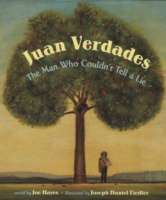
A wealthy rancher is so certain of the honesty of his foreman that he wagers his ranch.
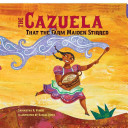
When a farm girl starts cooking, all the animals want to help. The cow contributes milk, the hen offers eggs, and even the duck makes a special trip to the market. Key English words change to Spanish as the story builds to a delicious ending.
Featured in Volume XIII, Issue 2 of WOW Review.
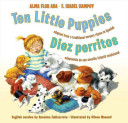
Ten little puppies are lost, one by one, for different reasons, until only one little puppy remains.
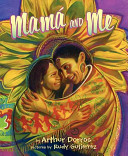
A girl and her mother spend a day together gardening, making cookies, and visiting a neighbor. Includes Spanish words interspersed in the text.